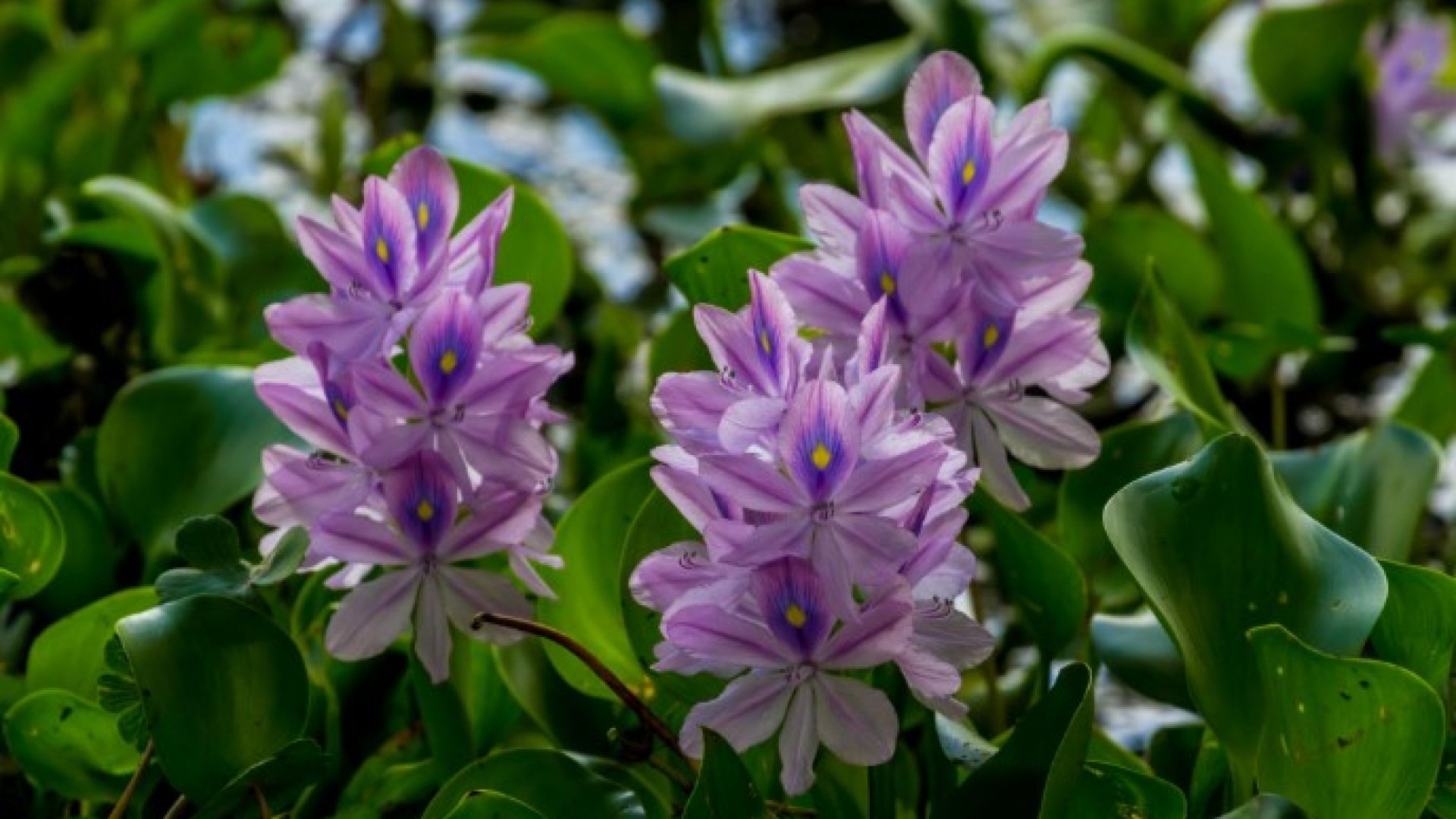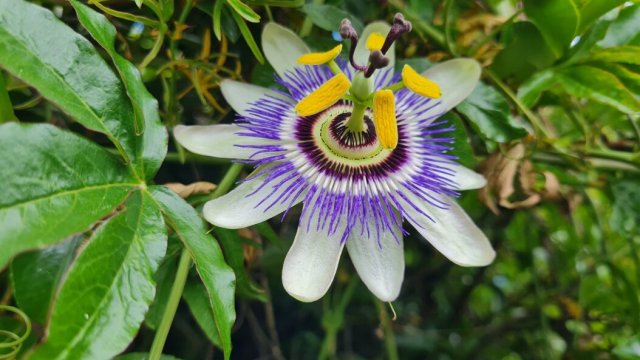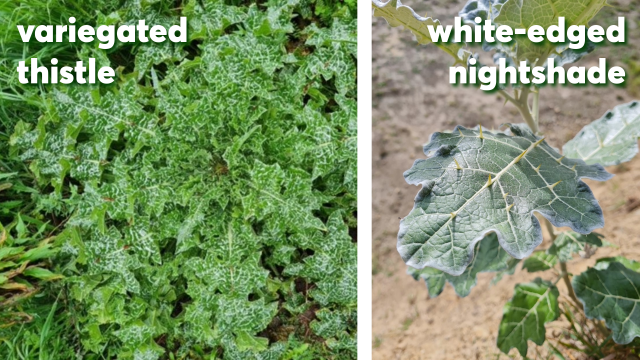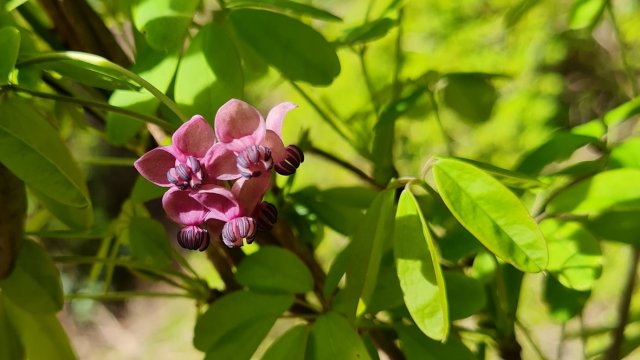See it, report it: Water hyacinth
29/06/2023 1:49pm
Its flowers may be pretty to look at, but water hyacinth (Eichhornia crassipes) has been banned from import into New Zealand for more than 90 years for good reason.
Because of its aggressive, fast-growing nature, water hyacinth is one of the world’s most serious water weeds, and one that we definitely want to keep from spreading in our region.
It has been found growing in artificial ponds in the Tasman region and may be in Nelson, so it’s very important that any discoveries are reported so they can be removed and disposed of safely.
Water hyacinth can rapidly form dense mats over water, smothering and out-competing other aquatic plants by blocking light and monopolising space. By crowding out spaces it also alters and destroys the habitats of native animals.
It can block waterways causing flooding and irrigation issues, and reduce water quality, affecting the whole aquatic ecosystem.
Visually, it consists of a floating rosette of shiny, thick, rounded green leaves, with feathery roots that hang in the water.

A single flowering stalk with a cluster of pale lilac flowers, each with a single yellow spot, is produced from the rosette. Plants produce floating horizontal stems from which new plants arise.

Because of the potentially catastrophic impacts of this pest in New Zealand, MPI runs a national eradication programme for water hyacinth.
Under the law, it is classed as an unwanted and notifiable organism and cannot be legally grown, shared, displayed or sold in New Zealand.
If you think you have water hyacinth on your property or have seen it in the area, please contact our biosecurity team on biosecurity@ncc.govt.nz or 03 546 0200 with details.




